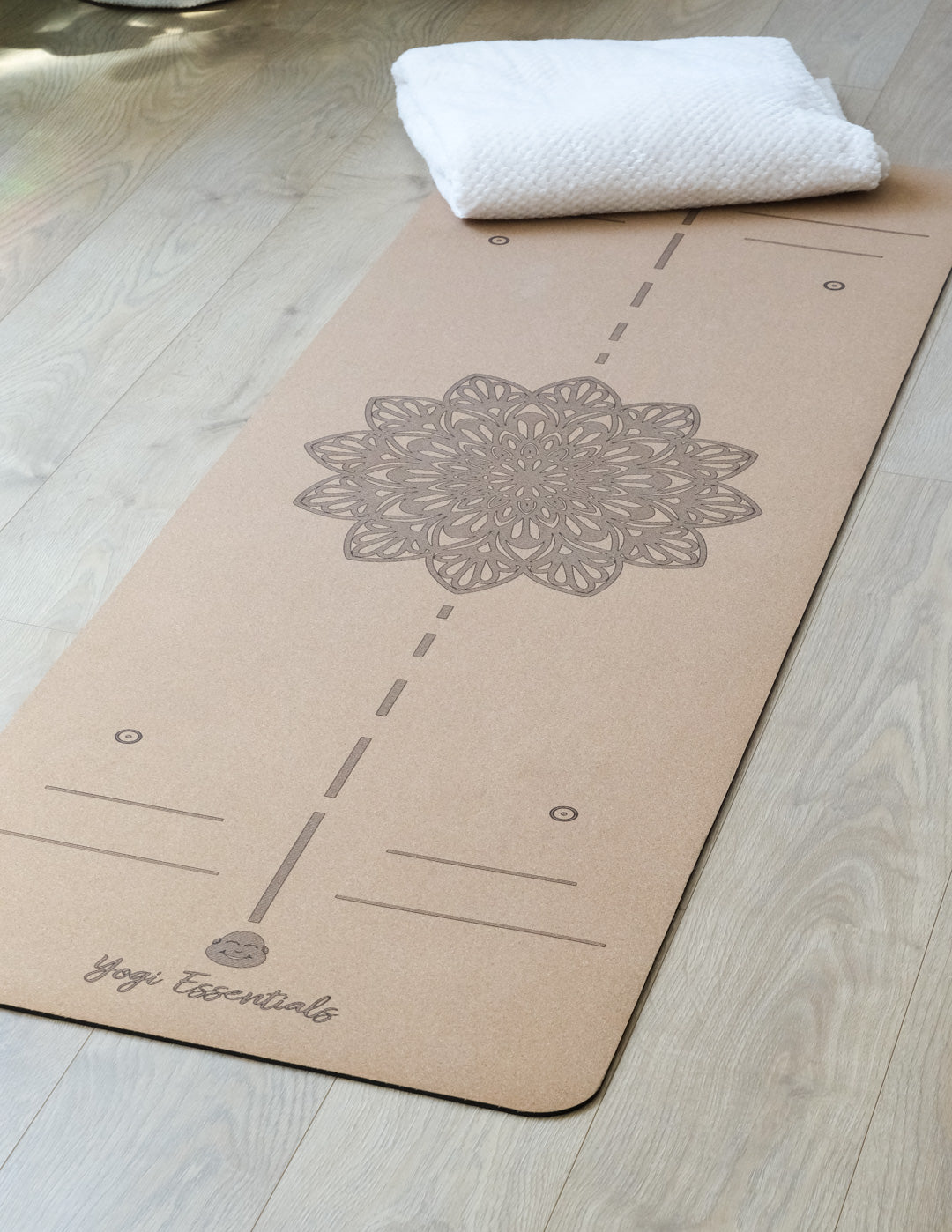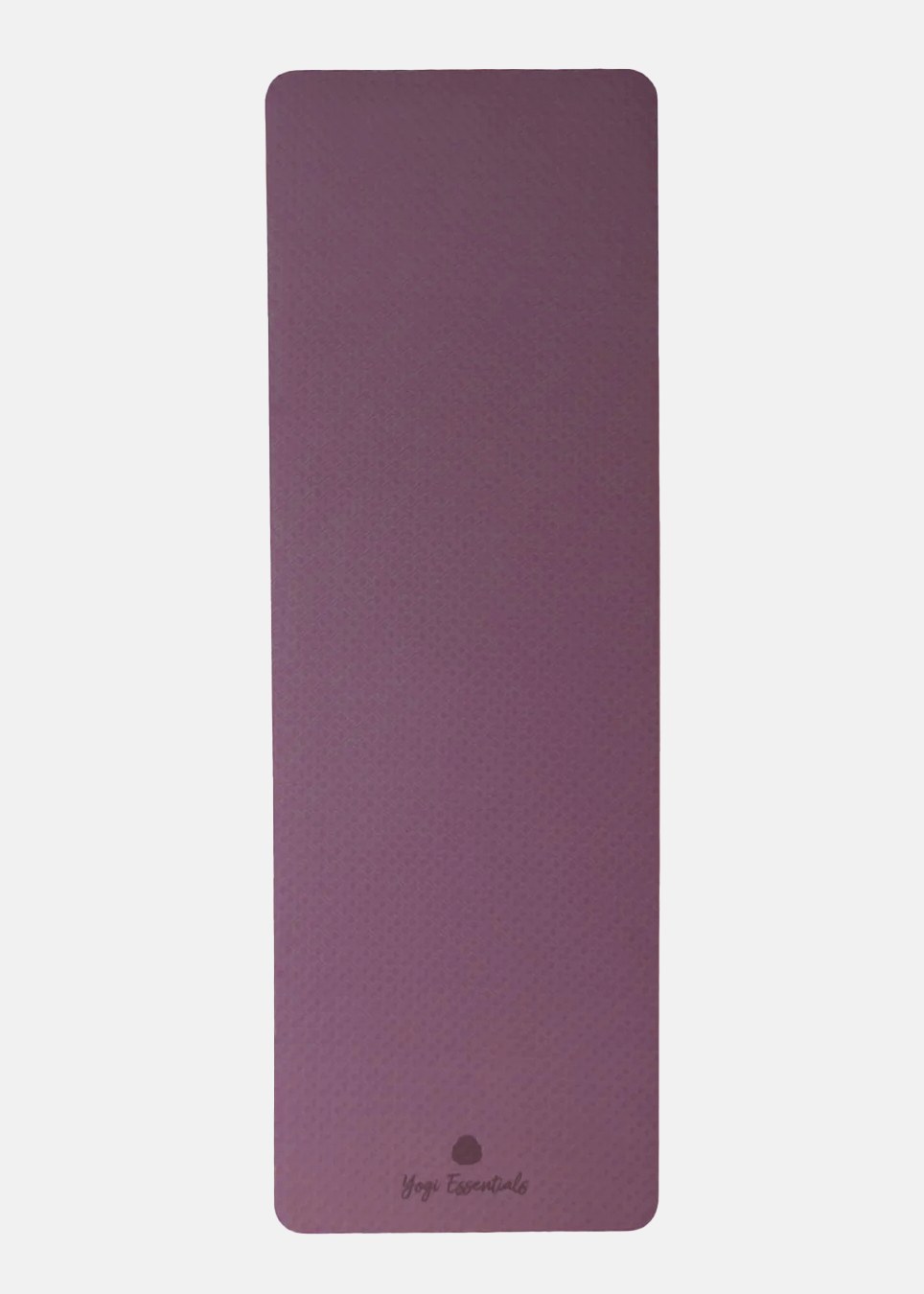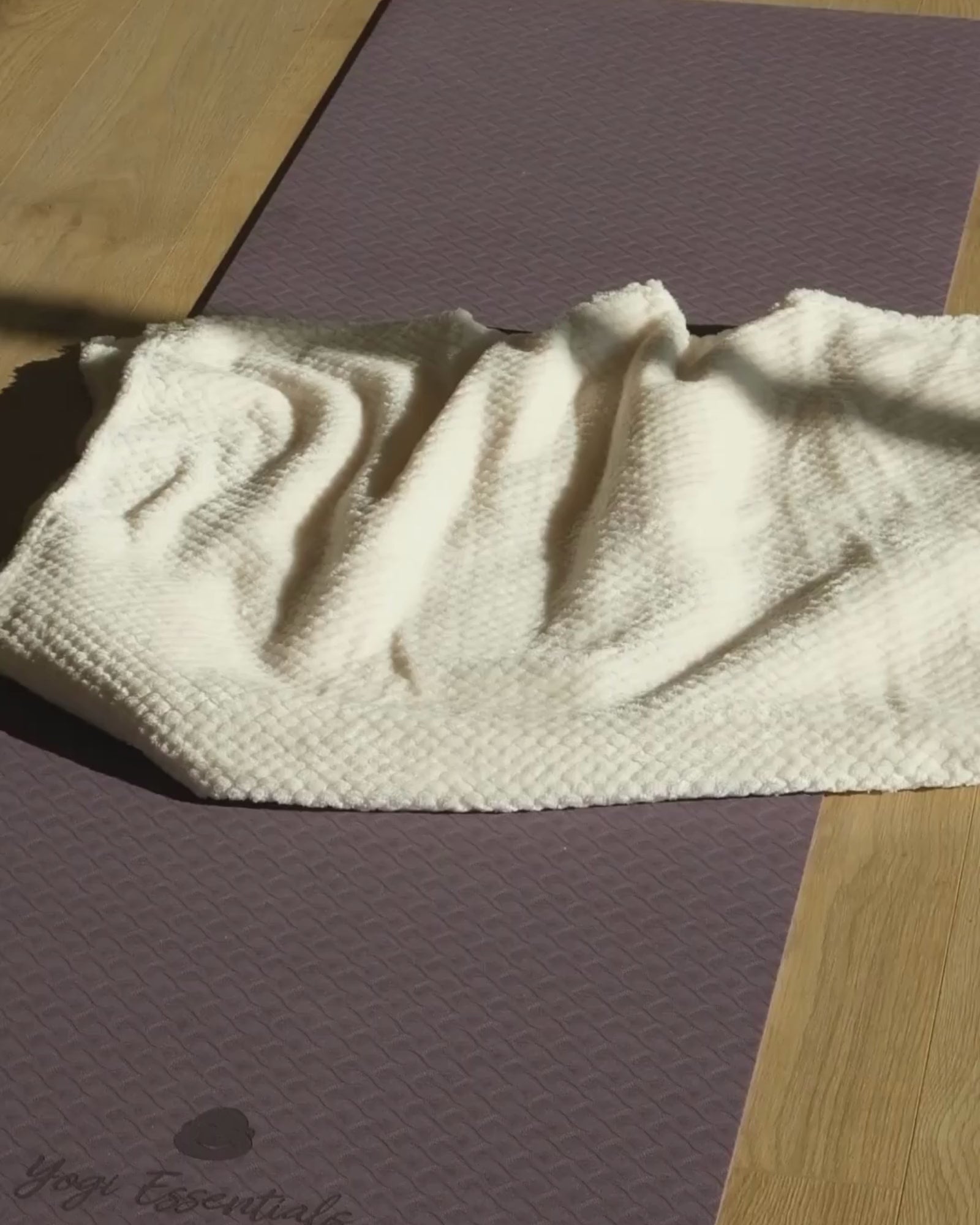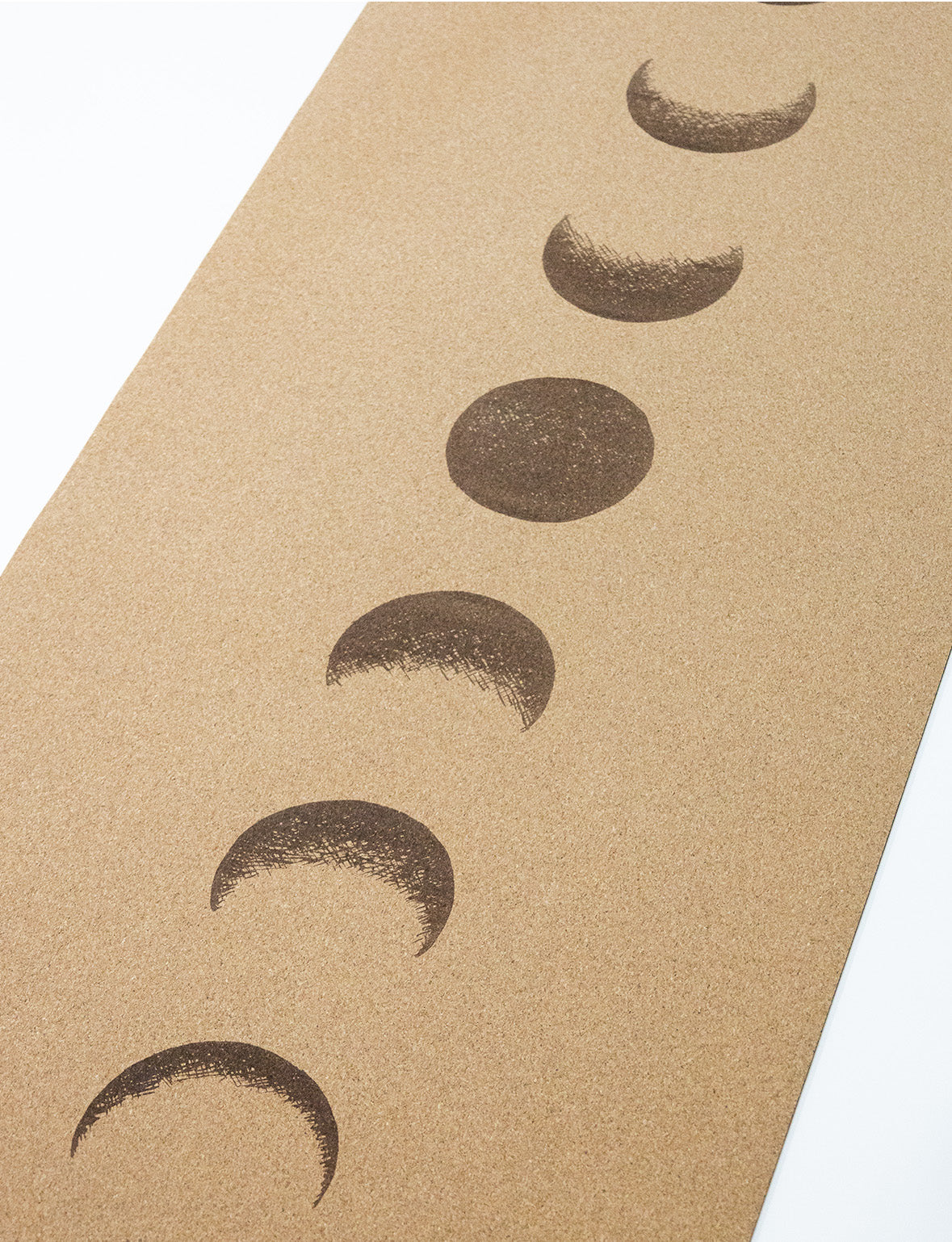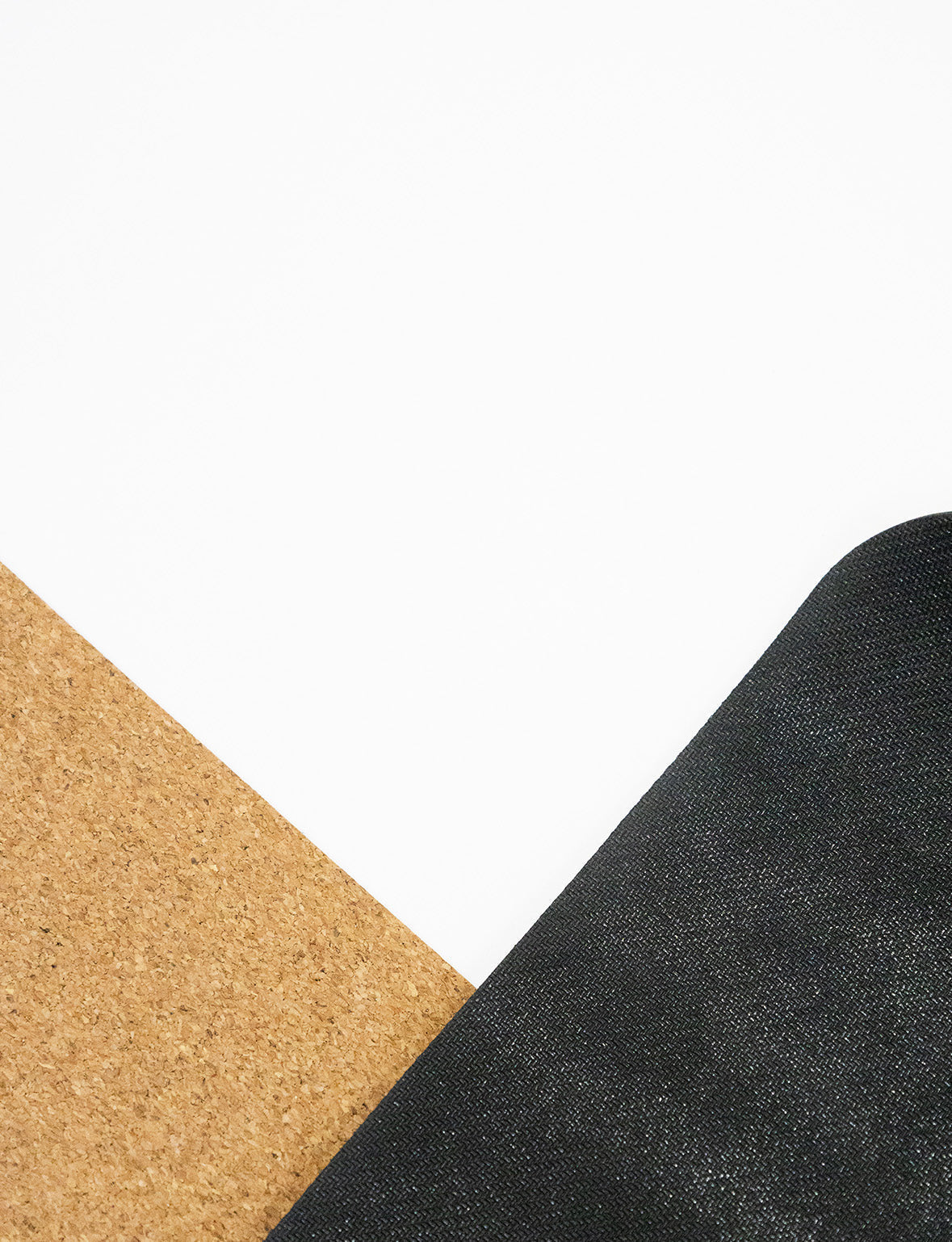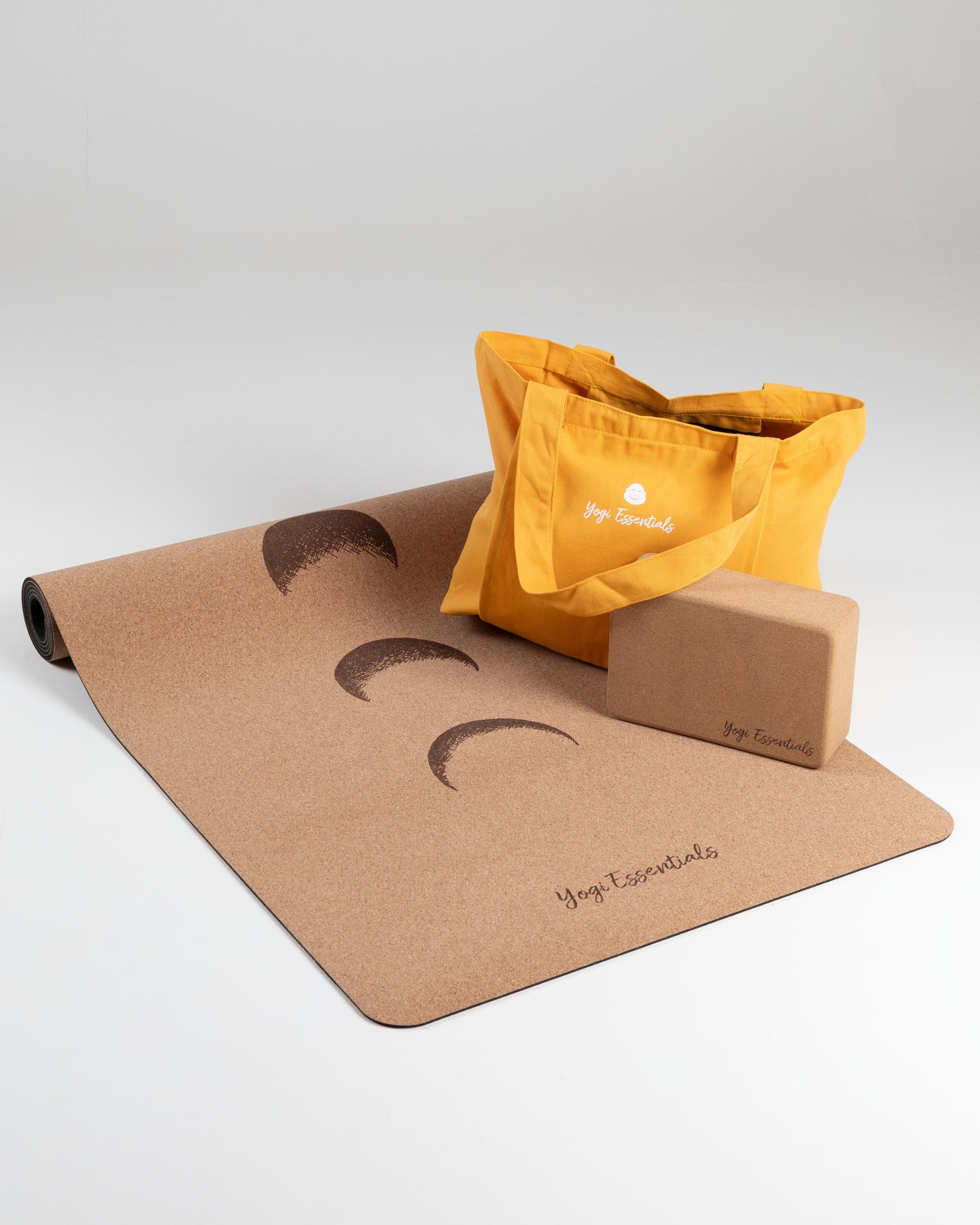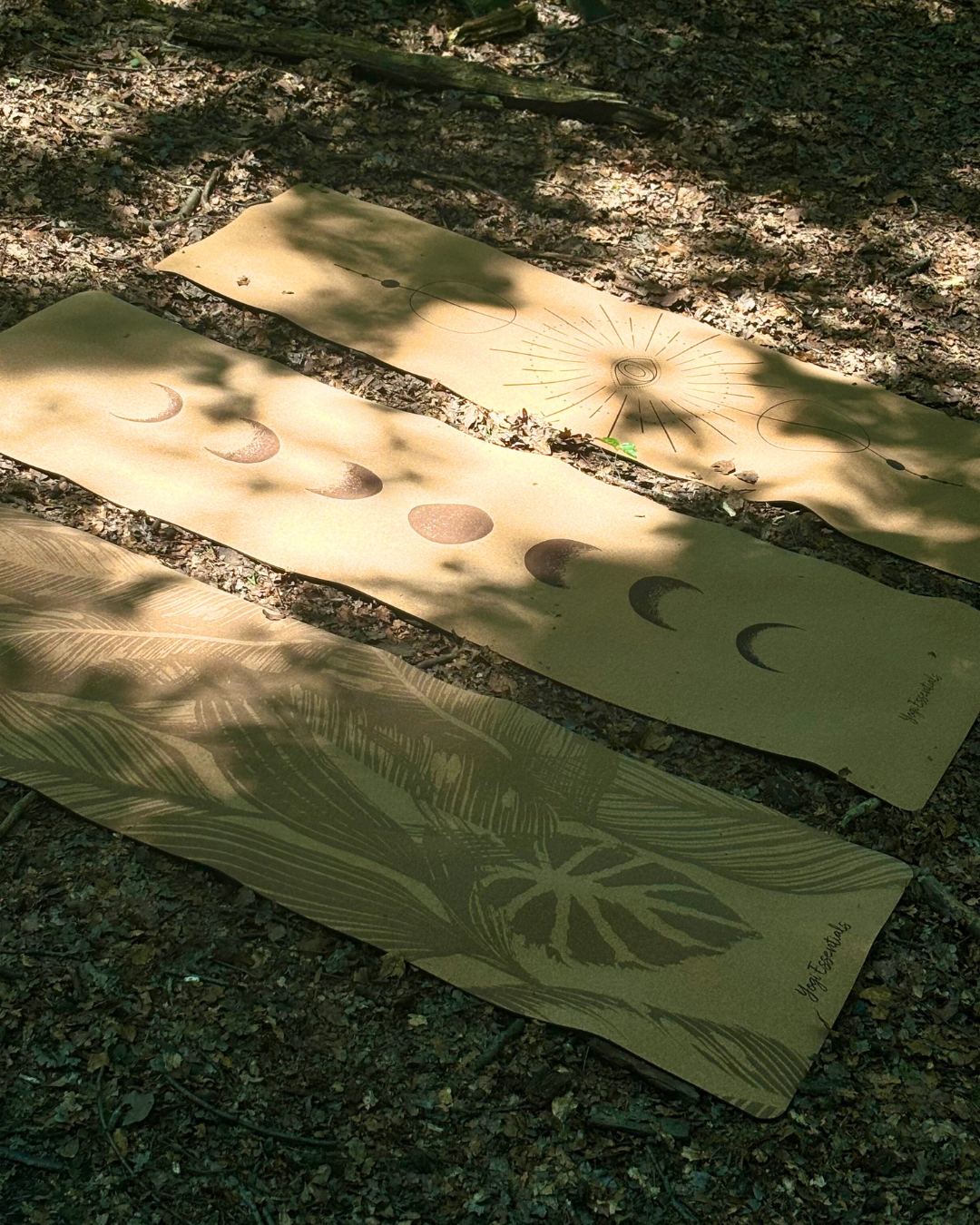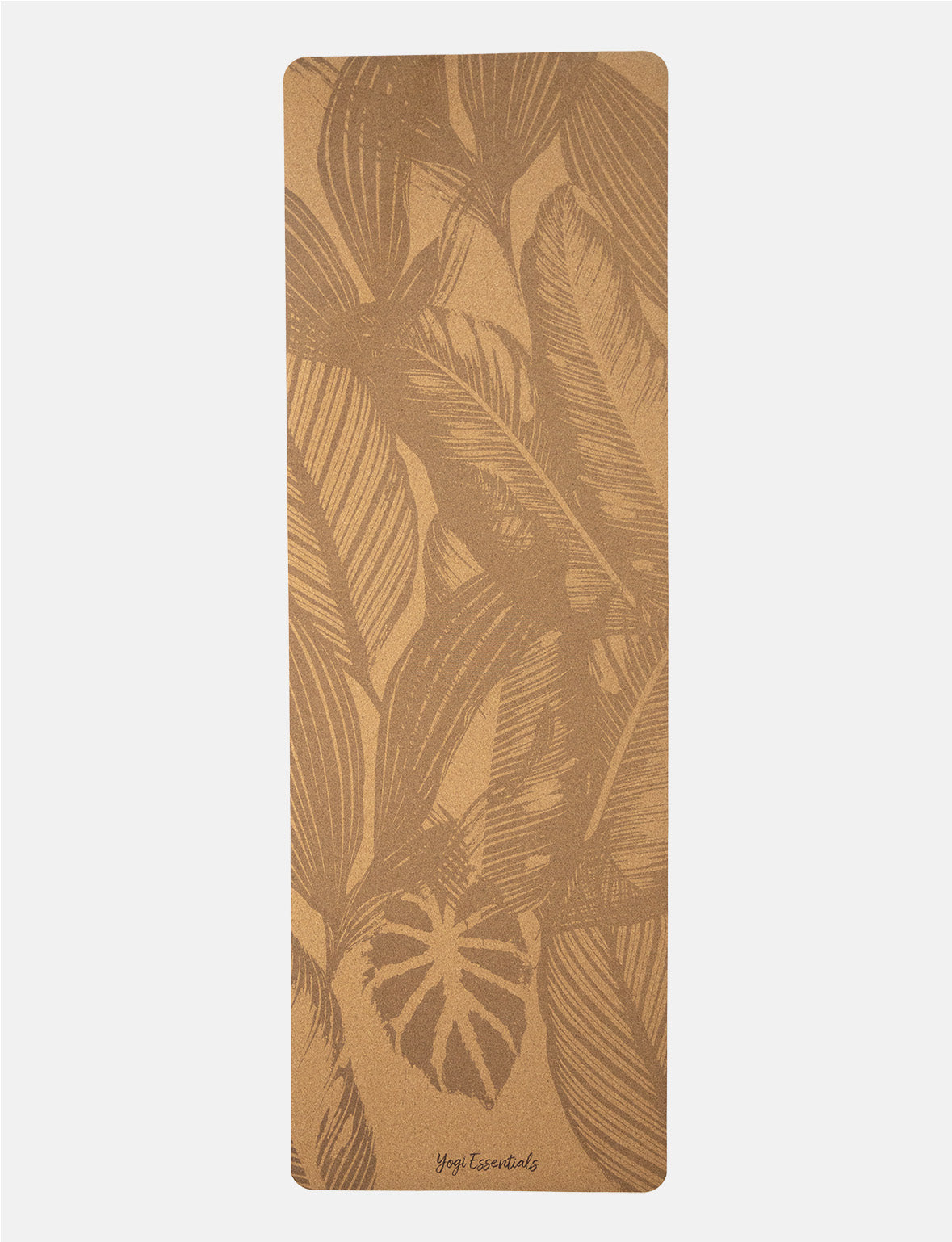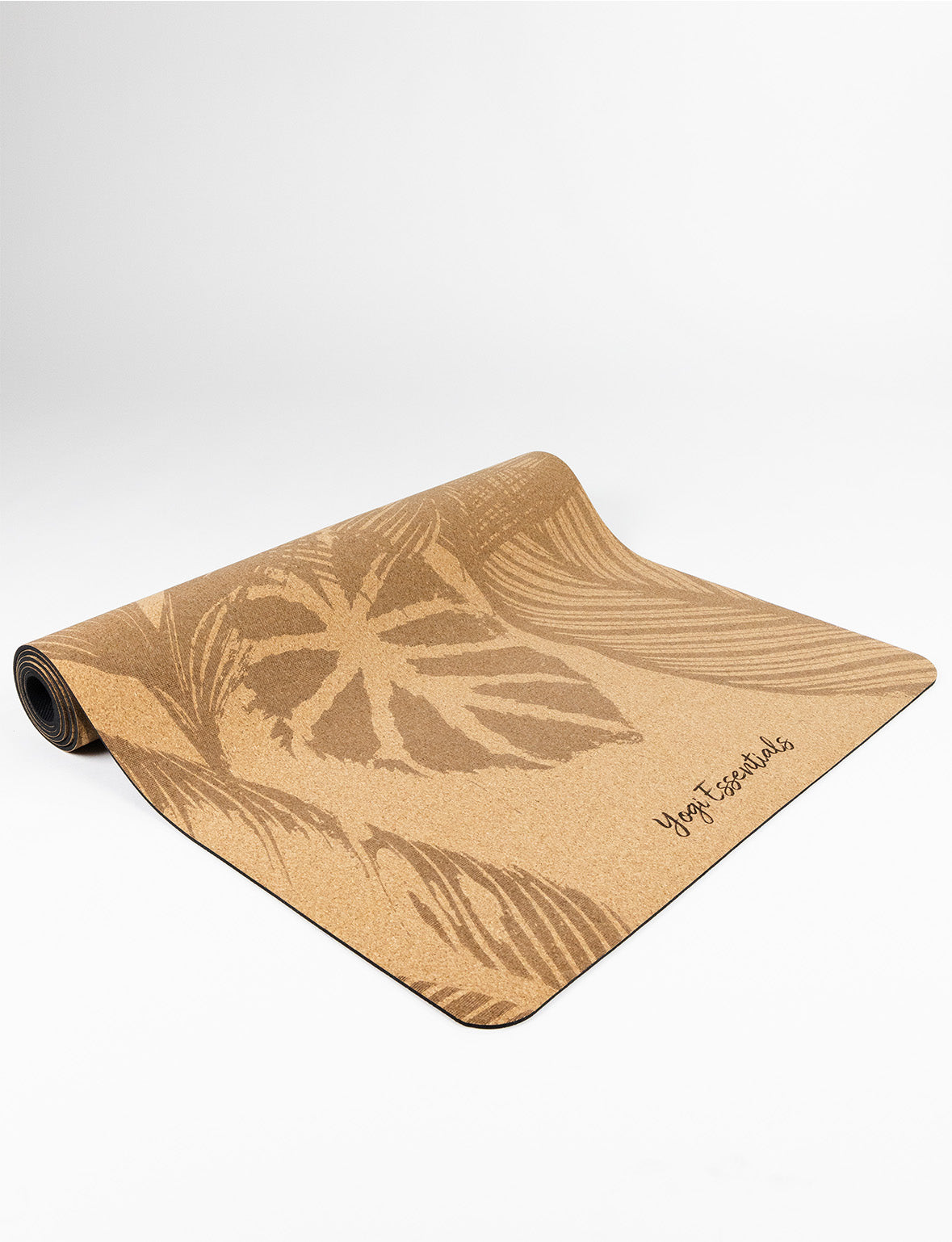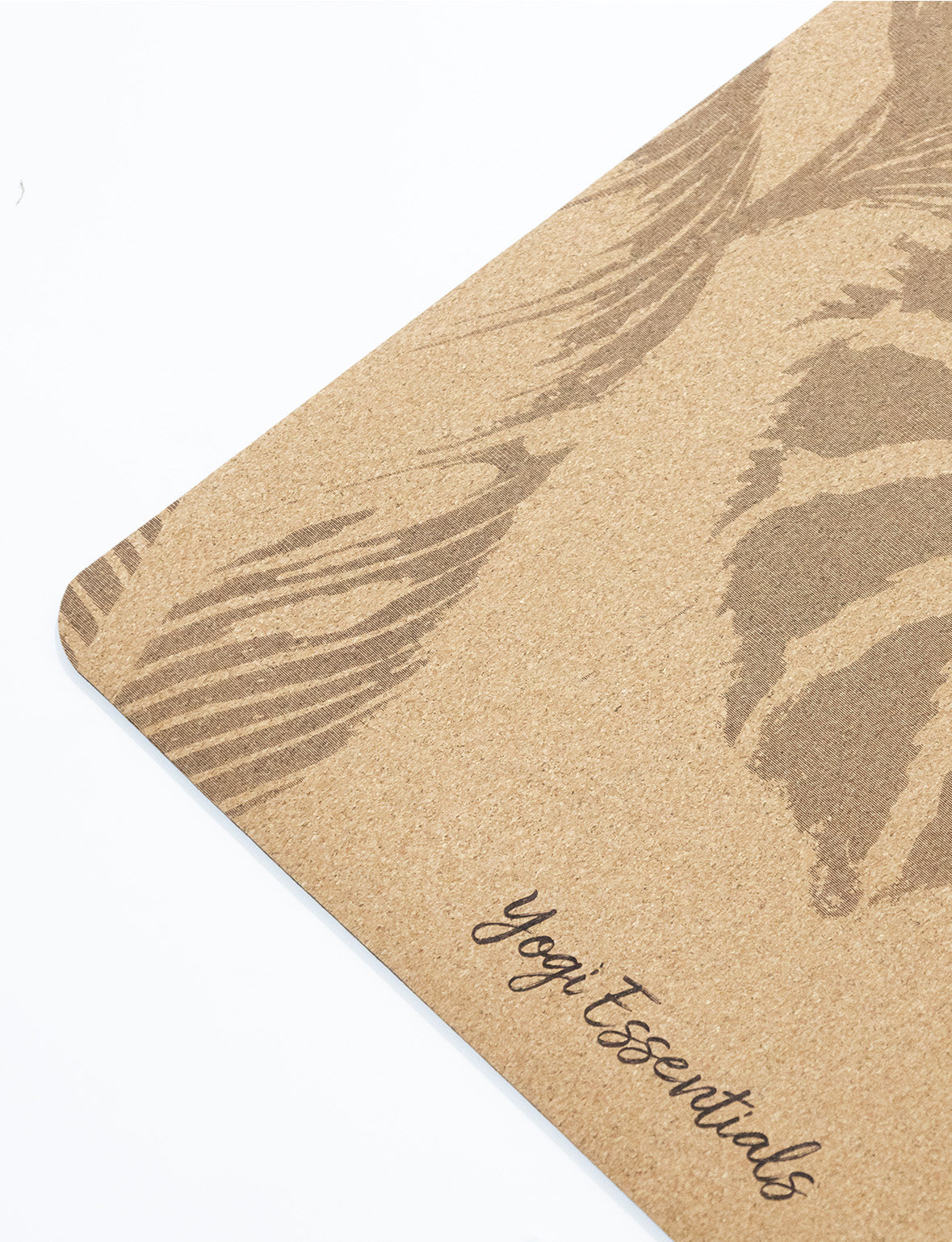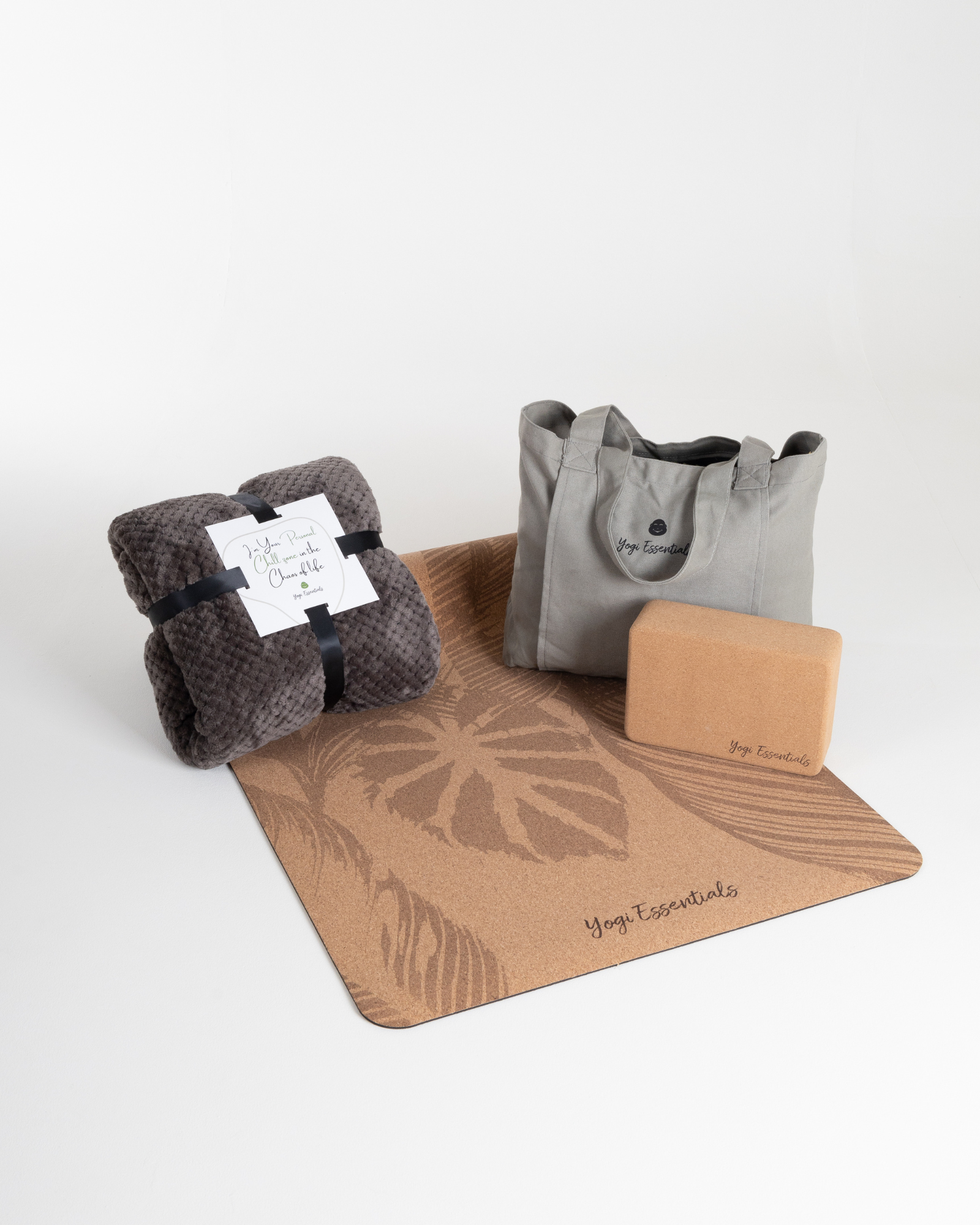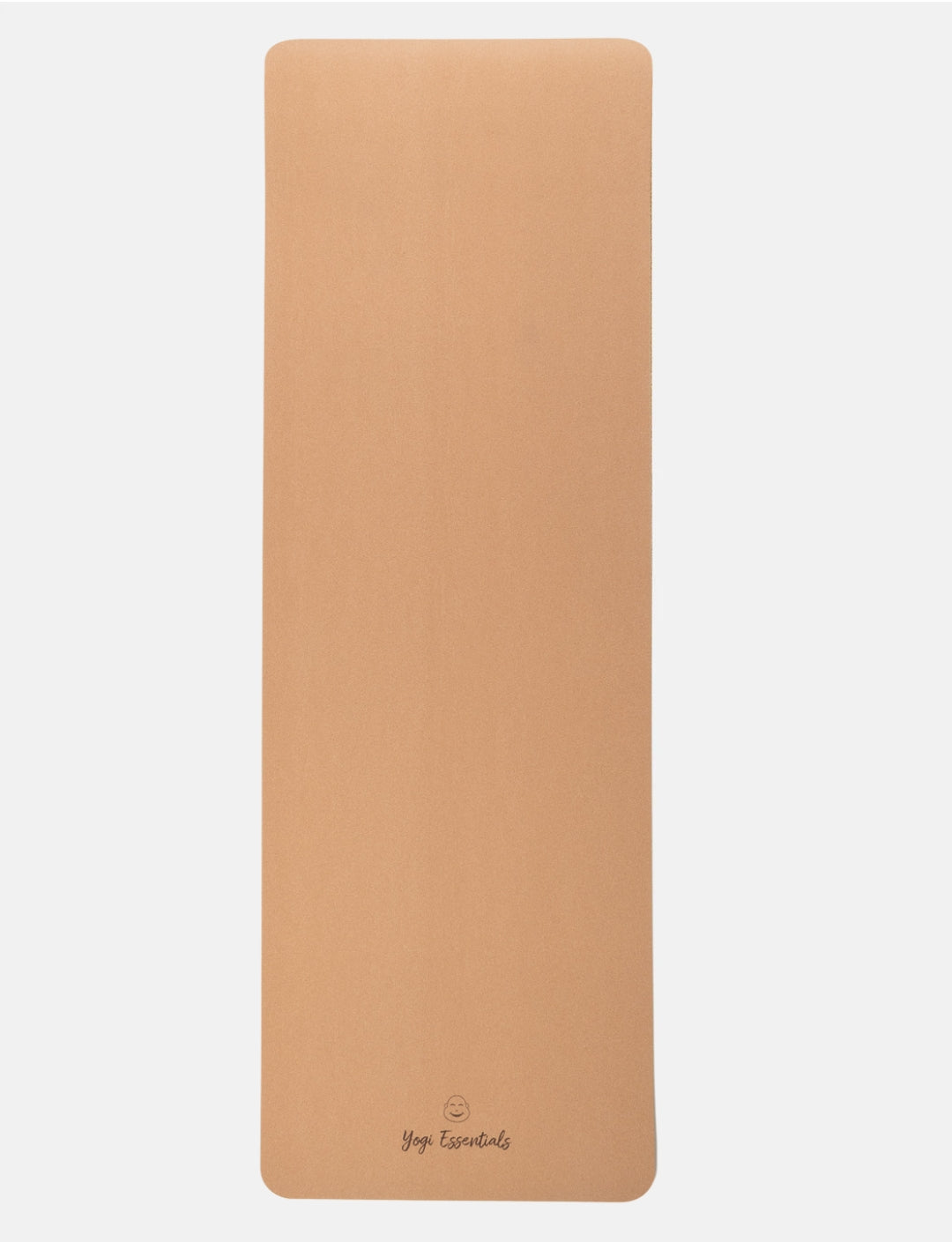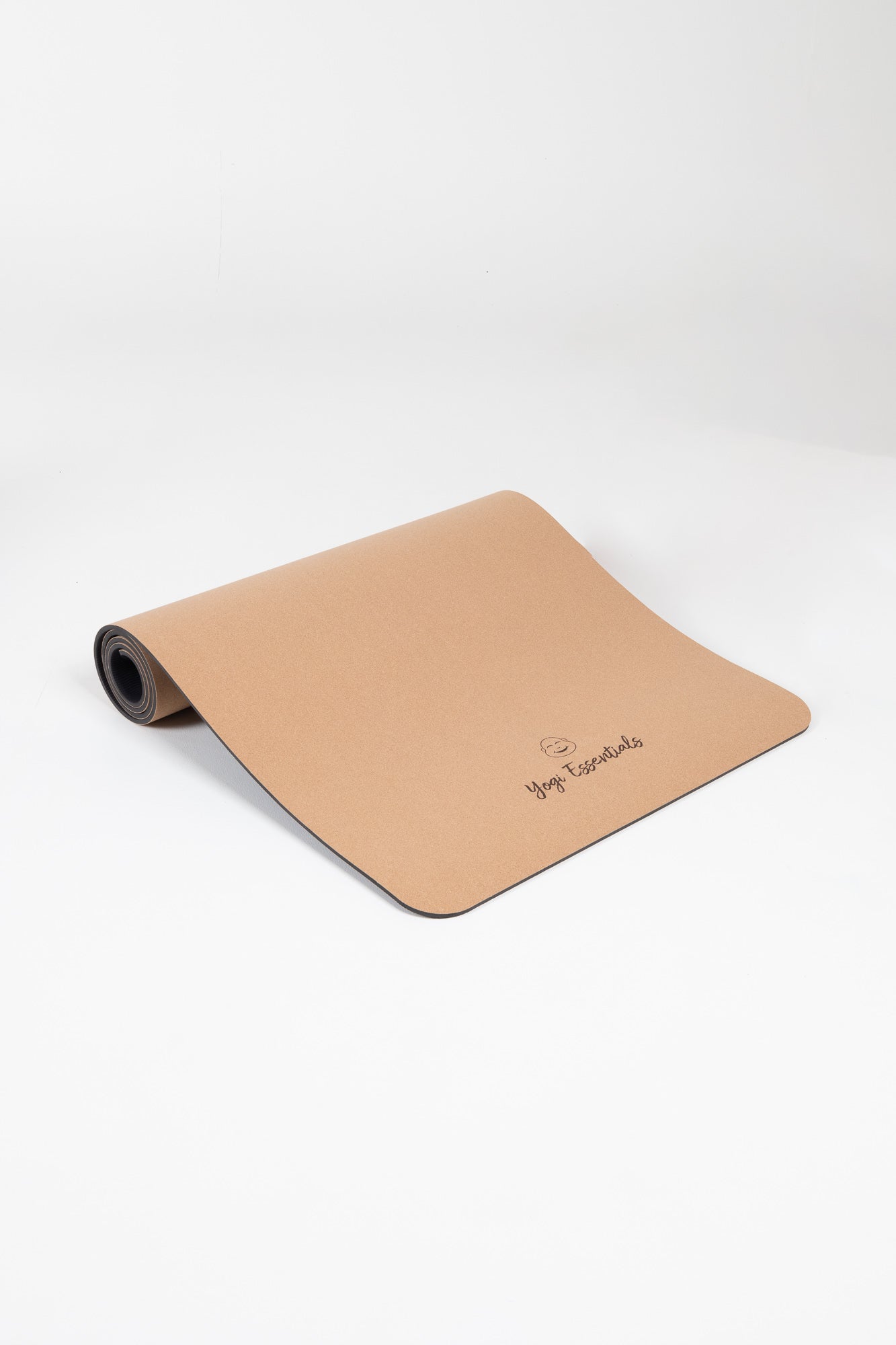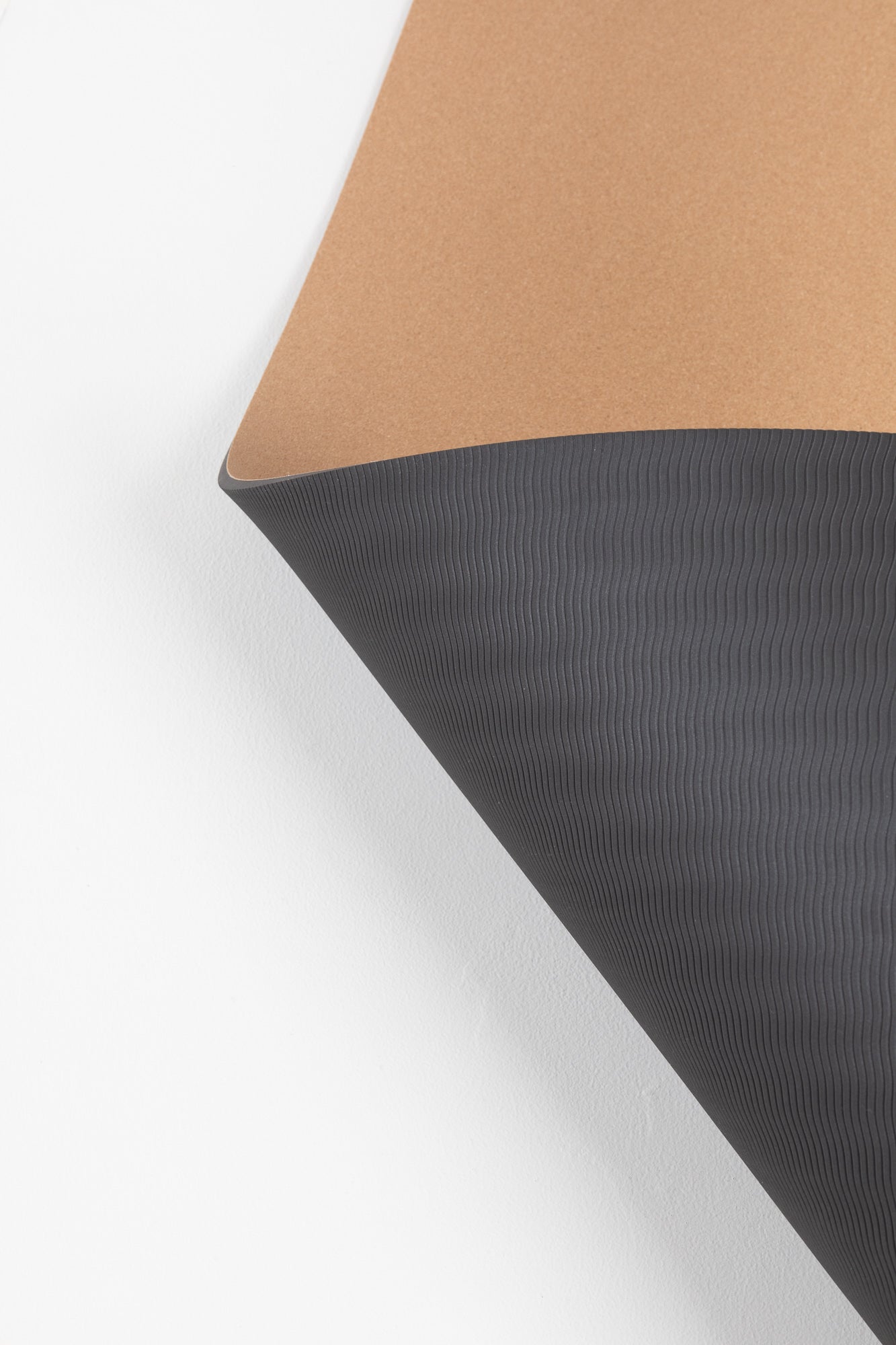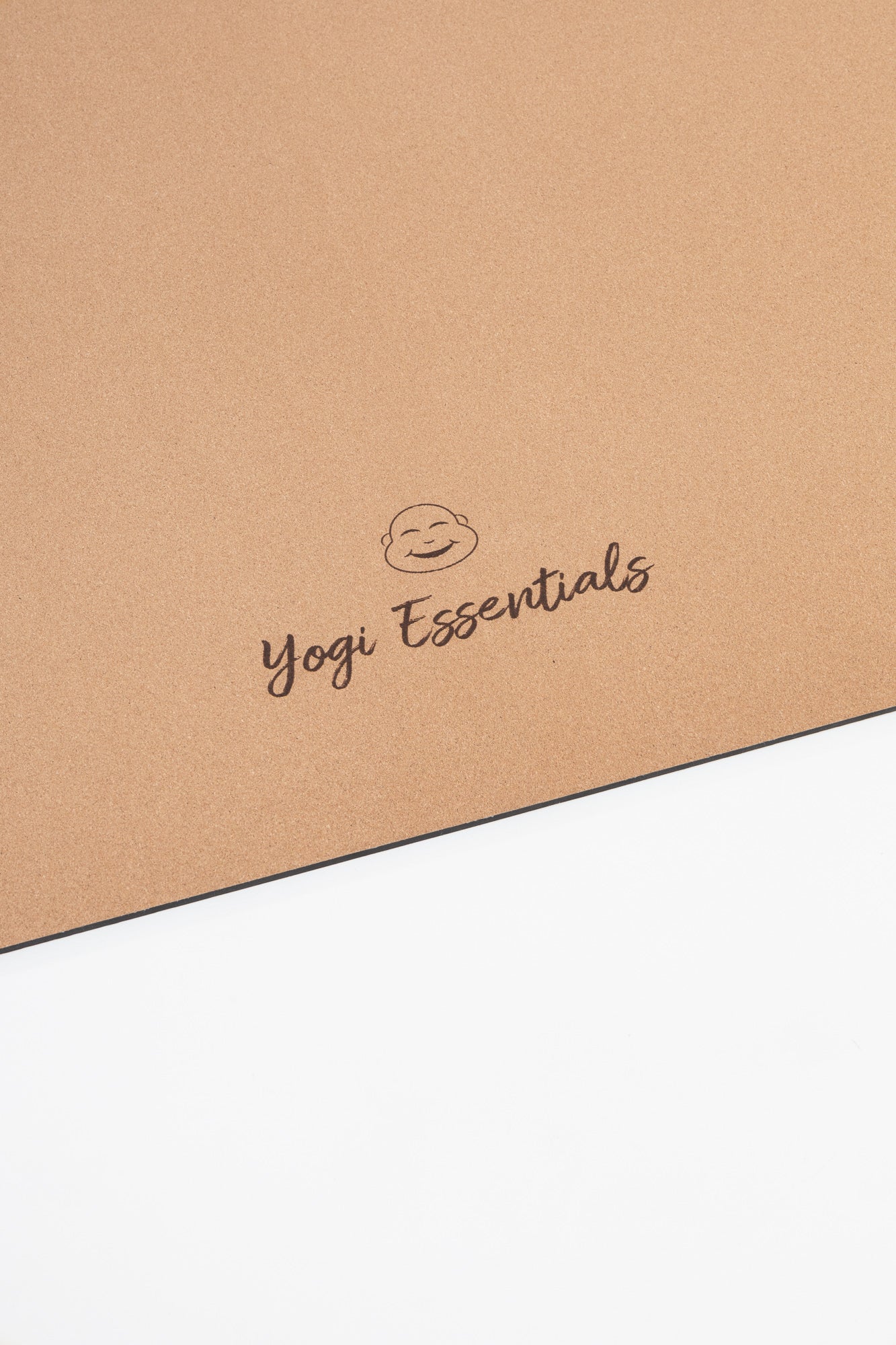Ontdek
Hatha yoga mats
Filters
Sort Best selling
-
SAMPLE - Cork Yoga Mat - Mandala -
Cork Yoga Mat - Alignment -
Cork Yoga Mat - Logo -
TPE Thick Yoga Mat - Purple -
Cork Yoga Mat Premium - The Moon -
Cork Yoga Mat Premium - The Eye -
Cork Yoga Mat Premium - Fruity -
Cork Yoga Mat Premium - The Forest -
TPE Thick Yoga Mat - Mint -
NEW Premium Cork Yoga Mat - Alignment -
Yoga Mat Cork -
Cork Yoga Mat Premium -
TPE Thick Yogamat - Black
Hatha yoga mats
Hatha yoga is all about peace, mindfulness, and simplicity. You hold poses longer, move at a leisurely pace, and above all, feel what's happening in your body. This makes hatha a physical and meditative practice. But to find that peace, you need a surface that doesn't distract you. A mat that's firm, comfortable, and supports you without you having to think about it.
At Yogi Essentials, we help you choose: we show you which mats best suit the quality and pace of hatha yoga. No endless list, just clear advice. So you can focus on what really matters – your breath, your body, and the moment.
What does hatha ask of your mat?
The poses in hatha yoga aren't difficult, but they do require precision. You stay in an asana for a while, standing or sitting. Your body seeks stability, while your mind is given space to settle. In such a setting, comfort is important, but equally important is the feeling of stability—that you don't sink, don't shift, but are held.
Because hatha shoes generally don't get intensely sweaty, you don't need to worry as much about extremely slip-resistant materials. You're more likely to look for softness, natural grip, and cushioning in just the right places.
TPE mats : soft, light and comfortable
Our TPE yoga mats are ideal for hatha yoga. They feel soft, are lightweight, and offer just the right amount of cushioning. This is especially beneficial if you do a lot of seated and lying poses—such as forward bends, twists, or the reclining butterfly. Your knees, ankles, and back get the support they need without losing contact with the floor.
TPE is also odorless and easy to clean, making it a great option for regular practice at home. The material offers a light grip, preventing slippage, but above all, it invites stillness and softness. Exactly what hatha needs.
Cork on TPE or PU : earthy, firm and balanced
For yogis seeking a more grounding and natural feel, a TPE mat with a cork top layer is a wonderful alternative. Cork feels warm, has a naturally light grip, and is often chosen by those who enjoy working with pure materials.
This mat combines the softness of TPE with the firm, dry texture of cork. The result is a mat that's firm, feels natural, and offers extra comfort—without being too cushioned. You can ground yourself on it, maintain relaxed seated postures, or easily stand in a warrior pose.
If you're looking for a little more structure and stability—for example, if you want to build poses with meticulous attention to detail—a PU mat with a cork top layer is a wonderful choice. This mat feels a bit more stable, which is helpful if you're working on your body alignment or need a little more support in balancing poses.
The combination of materials creates a rich sensation under your hands and feet, without being overwhelming. You remain present in your body, but you also feel the precision of the surface. This helps you truly feel: where are you carrying your weight, how are you standing, how are you breathing? The mat supports, but never distracts.
Cork is also naturally antibacterial, making it a great choice for yogis who practice a lot at home and use their mat regularly.
Which mat is right for you?
Do you practice primarily at home and prefer softness and lightness? Then a TPE mat is perfect. Are you sensitive to texture or enjoy working with natural materials? Then you might feel more at home on cork – combined with TPE or PU, depending on how firm you prefer to lie on it.
So the choice depends not only on what hatha yoga demands, but also on your body, your preference, and your intention. Some people seek comfort for their joints. Others seek a stable platform to refine the details of their poses. Whatever you choose, your mat should invite you to sit, breathe, and stay.
Mats that are less suitable for hatha
While you can practice hatha yoga on almost any mat, there are also options that are a little less suitable. PU rubber mats, for example, offer exceptional grip and feel heavy on the floor – which is great for dynamic styles, but can sometimes feel too imposing for a calm, gentle practice. Velvet mats, however beautiful and tactile, can also be a bit too slippery if you're looking for a little more stability.
By choosing mats that truly suit hatha, you create peace instead of noise. You choose a mat that supports your practice—not directs it.










